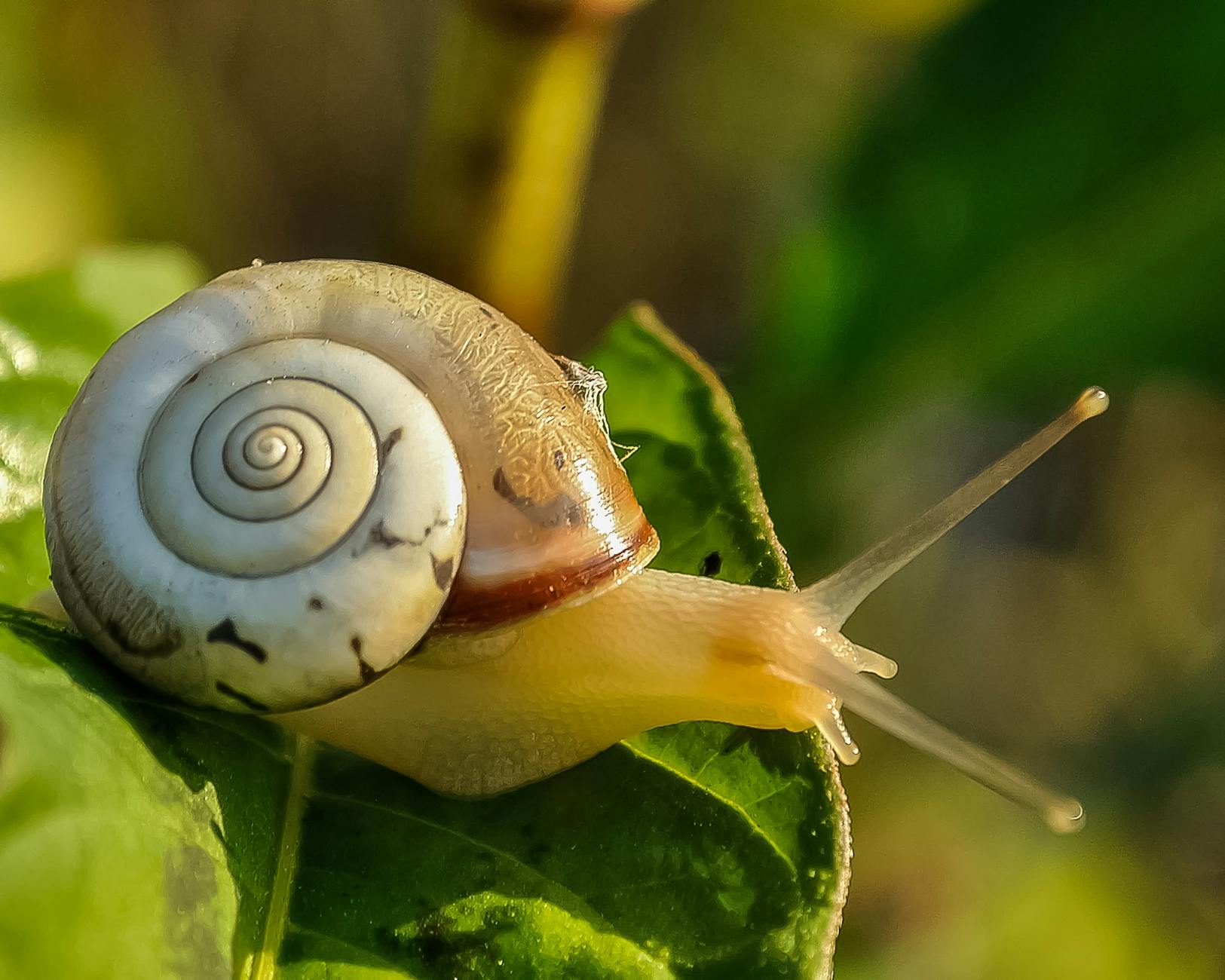Introduction to Phylum Mollusca
Phylum Mollusca, one of the largest and most diverse groups in the animal kingdom, holds a fascinating array of creatures. From the garden snail to the mighty giant squid, mollusks are an integral part of ecosystems and have played a vital role in human history and culture. In this comprehensive guide, we’ll explore the anatomy, classification, habitats, and importance of these incredible organisms.

Phylum Mollusca is a major taxonomic group in the kingdom Animalia, comprising over 85,000 recognized species, with many more awaiting discovery. The name “Mollusca” originates from the Latin word “mollis,” meaning soft, reflecting the typically soft-bodied nature of these organisms.
Key Characteristics of Mollusca
- Body Structure: Mollusks are bilaterally symmetrical and have a soft, unsegmented body divided into three main parts:
- Head-Foot Region: Contains sensory organs and structures for locomotion.
- Visceral Mass: Houses internal organs like the heart, digestive system, and reproductive organs.
- Mantle: A specialized tissue that secretes the shell and forms the mantle cavity, which plays a role in respiration and excretion.
- Shell: Most mollusks possess a calcareous shell for protection, although some, like octopuses, lack this feature.
- Radula: A unique feeding organ, resembling a ribbon of teeth, used to scrape or cut food (absent in bivalves).
- Coelom and Circulatory System: Mollusks have a reduced coelom and either an open or closed circulatory system depending on the class.
- Nervous System: Mollusks range from simple nerve nets to complex brains in cephalopods.
Classification of Mollusca
Phylum Mollusca is divided into seven primary classes, each with distinct characteristics and adaptations.
1. Class Gastropoda (Snails, Slugs)
- Overview: The largest class within Mollusca, Gastropods exhibit remarkable diversity.
- Features:
- Coiled or spiraled shells (except slugs, which lack shells).
- Exhibit torsion, where the body twists during development, aligning the anus above the head.
- Found in marine, freshwater, and terrestrial habitats.
- Examples: Garden snails, sea slugs, conches.

2. Class Bivalvia (Clams, Oysters, Mussels)
- Overview: Bivalves are known for their two hinged shells and sedentary lifestyles.
- Features:
- Lack a radula; filter feeders using gills.
- Mostly aquatic, found in freshwater and marine environments.
- Examples: Blue mussels, pearl oysters, scallops.
3. Class Cephalopoda (Octopuses, Squids, Cuttlefish)
- Overview: The most intelligent mollusks, cephalopods are agile predators.
- Features:
- Well-developed brains and eyes.
- Closed circulatory system.
- Jet propulsion for movement using a siphon.
- Examples: Giant squid, common octopus, nautilus.

4. Class Polyplacophora (Chitons)
- Overview: Primitive mollusks with eight dorsal plates.
- Features:
- Marine organisms that cling to rocks.
- Use radula to scrape algae off surfaces.
- Examples: Gumboot chiton.
5. Class Monoplacophora
- Overview: Once thought extinct, these mollusks have a simple, cap-like shell.
- Features:
- Found in deep-sea habitats.
- Primitive features resembling ancestral mollusks.
- Examples: Neopilina.
6. Class Scaphopoda (Tusk Shells)
- Overview: Tubular, elongated shells resembling tusks.
- Features:
- Burrow into sand in marine environments.
- Feed using tentacle-like structures called captacula.
- Examples: Dentalium.
7. Class Aplacophora
- Overview: Worm-like mollusks lacking shells.
- Features:
- Marine organisms found on the seafloor.
- Feed on microorganisms or detritus.
- Examples: Solenogaster.
Habitats and Distribution
Mollusks inhabit diverse ecosystems ranging from deep ocean trenches to terrestrial gardens. Their adaptability allows them to thrive in a wide array of conditions.
Marine Mollusks
- Found in coral reefs, intertidal zones, and the deep sea.
- Examples: Octopuses, chitons, and giant clams.
Freshwater Mollusks
- Inhabit rivers, lakes, and ponds.
- Examples: Freshwater mussels, apple snails.
Terrestrial Mollusks
- Found in moist environments like forests and gardens.
- Examples: Land snails, slugs.
Ecological and Economic Importance
Mollusks play critical roles in ecosystems and human economies:
Ecological Roles
- Nutrient Cycling: Decomposers like snails break down organic matter.
- Food Web Dynamics: Serve as prey for birds, fish, and other predators.
- Habitat Formation: Bivalves like oysters create reef structures supporting biodiversity.
Economic Contributions
- Fisheries and Aquaculture: Mollusks like clams, scallops, and squids are valuable seafood.
- Pearl Industry: Pearls from oysters and mussels are highly prized.
- Biotechnology: Cephalopod ink and mollusk shells are used in medical and scientific applications.
Threats and Conservation
Mollusk populations face numerous threats, including habitat destruction, pollution, overfishing, and climate change. Conservation efforts are essential to ensure their survival.
Key Threats
- Habitat Loss: Urbanization and deforestation threaten terrestrial mollusks.
- Ocean Acidification: Reduces shell formation in marine species.
- Invasive Species: Non-native species compete with or prey on native mollusks.
Conservation Measures
- Protected Areas: Establish marine reserves to safeguard habitats.
- Sustainable Practices: Promote responsible fishing and aquaculture.
- Public Awareness: Educate communities about the ecological importance of mollusks.
Fascinating Facts About Mollusks
- Largest Mollusk: The giant squid (Architeuthis) can reach lengths of up to 43 feet.
- Oldest Mollusk: A clam named “Ming” lived for 507 years.
- Camouflage Experts: Cephalopods like octopuses can change color and texture to blend into their surroundings.
- Blue Blood: Many mollusks use copper-based hemocyanin instead of iron-based hemoglobin for oxygen transport.
Conclusion
Phylum Mollusca is a testament to the adaptability and diversity of life on Earth. These incredible creatures, ranging from humble garden snails to awe-inspiring giant squids, play essential roles in nature and human culture. Understanding their biology, habitats, and importance underscores the need for conservation efforts to protect these remarkable organisms for future generations.
Whether you’re a student, researcher, or nature enthusiast, delving into the world of mollusks reveals a treasure trove of knowledge and wonder. Let’s continue to explore, appreciate, and protect the fascinating realm of Phylum Mollusca.
References
- Mollusca Overview
- Characteristics of Mollusks
- Class Gastropoda
- Class Bivalvia
- Class Cephalopoda
- Class Polyplacophora
- Class Monoplacophora
- Class Scaphopoda
- Habitats and Conservation
- Fascinating Facts
Discover more from ZOOLOGYTALKS
Subscribe to get the latest posts sent to your email.


Pingback: Octopus | Description, Behavior, Species & Facts | ZOOLOGYTALKS | 2025